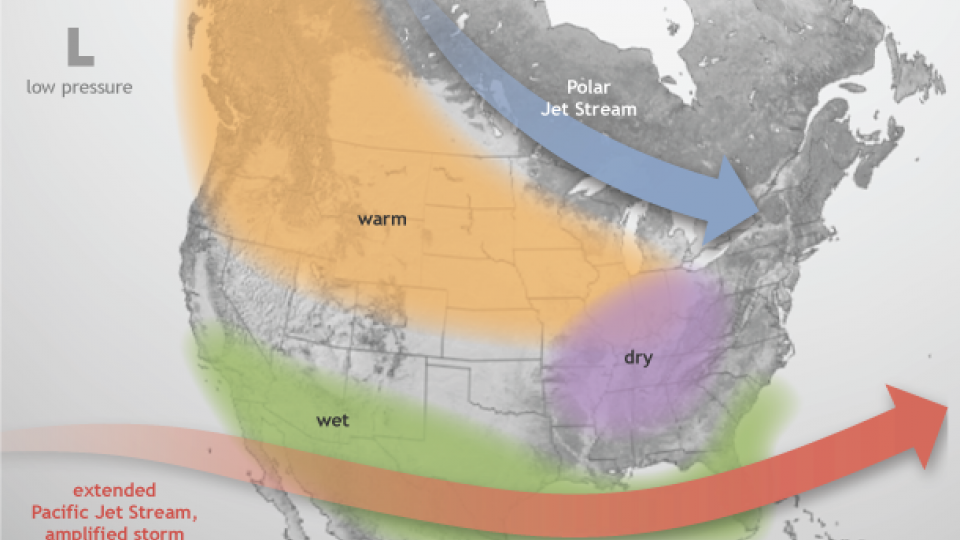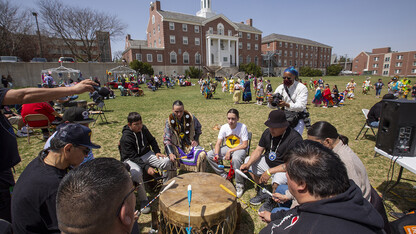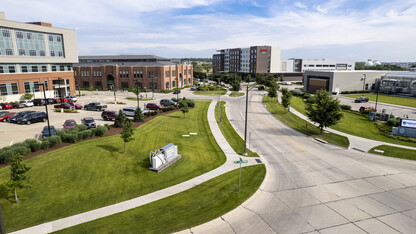· 2 min read
Climate center aims to inform as El Niño intensifies

In response to a strengthening El Niño, the High Plains Regional Climate Center and its partners have developed a two-page fact sheet about the El Niño and what it could mean for the Missouri River Basin region in the coming months. The report focuses on the winter months because the impacts from El Niño are most predominant in the winter.
“Outlooks from the Climate Prediction Center indicate that the current El Niño will strengthen into the late fall or early winter,” said Natalie Umphlett, regional climatologist. “In fact, this El Niño has the potential to be the strongest on record.”
The sea surface temperatures in the equatorial Pacific can impact North America’s weather patterns. When sea surface temperatures are below normal for an extended period of time, a La Niña occurs, and when those temperatures are above normal for an extended period of time, an El Niño occurs.
As it stands today, the 1997-1998 El Niño is the strongest on record, with much of the Missouri River Basin seeing warmer than average temperatures during the winter months.
“We hope to inform decision makers, as well as the general public, on the impacts of the El Niño on our temperatures, precipitation and snowpack this winter,” Umphlett said. “While we don’t know exactly how this winter will play out, if it’s anything like the winter of ‘97-98, the impacts could be more beneficial than harmful.”
The fact sheet is available for download at http://go.unl.edu/p2ue.
Additionally, the HPRCC is on hand to answer questions about El Niño. Contact 402-472-6706 or use the online contact form: http://hprcc.unl.edu/contact.php.







